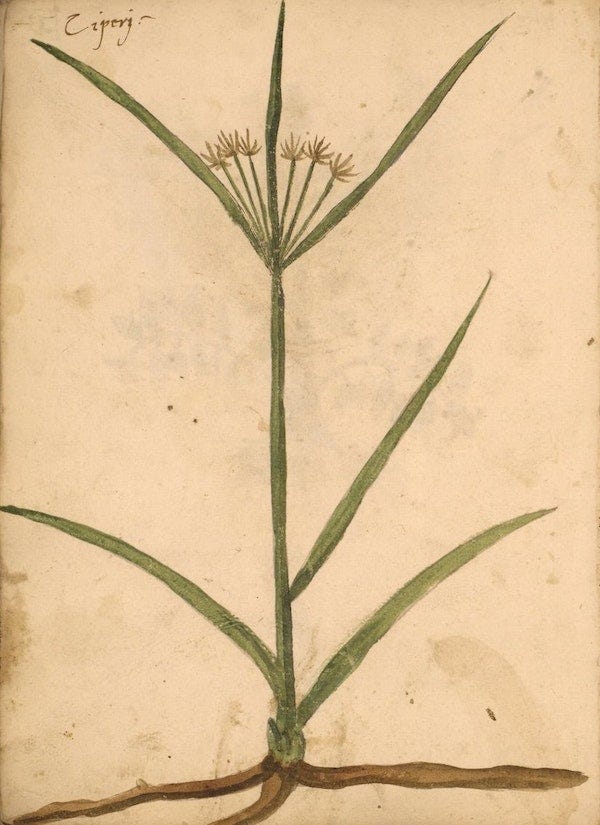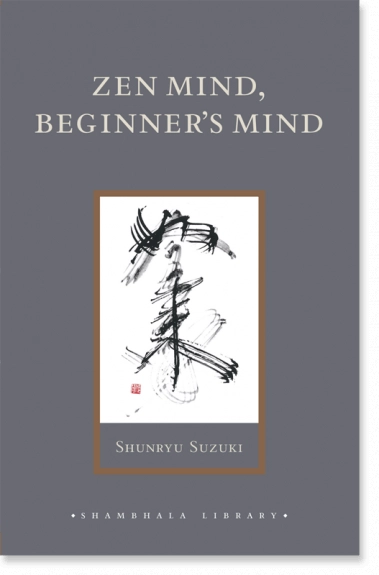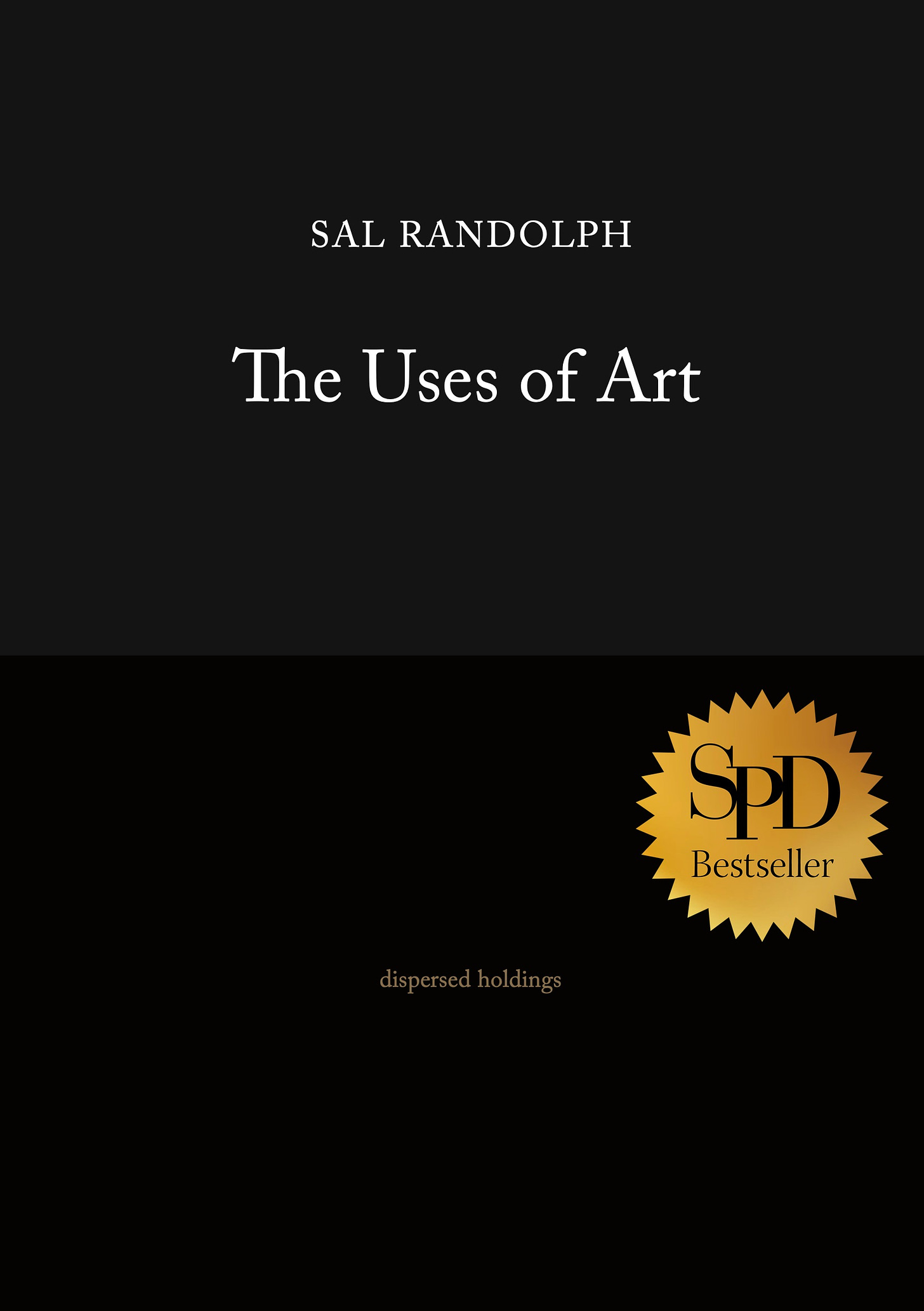
Dear Friends,
For those who have joined us recently, welcome! “Ways of Seeing” is a series of inspirations and practical exercises for deepening attention and engaging with art.
This week we take up the idea of approaching art and the world with a “beginner’s mind.” Can we drop knowledge and expectations and see as if for the first time? One source for this way of seeing is Zen teacher Shunryu Suzuki’s classic collection of talks, Zen Mind, Beginner’s Mind.
A few months ago I wrote about a passage from the Zen Mind, Beginner’s Mind which ignited and connected my artistic and meditation practices. Suzuki Roshi wrote, “In zazen what you are doing is not for the sake of anything. You may feel as if you are doing something special, but actually it is only the expression of your true nature; it is the activity which appeases your inmost desire.”
Doing something for its own sake — whether it is meditation, or making art, or simply looking and being in the world — is one aspect of beginner’s mind. The openness and vastness of beginner’s mind returns us to the fundamental source of our own experience, an always-available and ever-refreshing stream of aliveness.
— Sal
Beginner’s Mind
These excerpts are from the introduction to Zen Mind, Beginner’s Mind by Shunryu Suzuki:
In Japan we have the phrase shoshin, which means “beginner’s mind.” The goal of practice is always to keep our beginner’s mind.
Our “original mind” includes everything within itself. It is always rich and sufficient within itself. You should not lose your self-sufficient state of mind. This does not mean a closed mind, but actually an empty mind and a ready mind. If your mind is empty, it is always ready for anything; it is open to everything. In the beginner’s mind there are many possibilities; in the expert’s mind there are few.
In the beginner’s mind there is no thought, “I have attained something.” All self-centered thoughts limit our vast mind. When we have no thought of achievement, no thought of self, we are true beginners. Then we can really learn something. The beginner’s mind is the mind of compassion. When our mind is compassionate, it is boundless.
This is also the real secret of the arts: always be a beginner.
Exercise: Beginner’s Mind
“In the beginner’s mind there are many possibilities, in the expert’s mind there are few.” — Shunryu Suzuki
This week’s exercise brings the idea of beginner’s mind to the act of looking. Looking, especially looking at works of art. As with sitting in meditation, the act of looking is at heart radically simple: “just look.”
As with all of these “Ways of Seeing,” the initiating impulse is to expand our possibilities for engaging with works of art and deepening attention. These exercises are perfect for time spent in museums, galleries, and studios. You can also bring them into the rest of your life and experiment with streets, libraries, parties, landscapes. Try them as writing or art-making prompts.
These practices work best if you give them some time, at least twenty minutes or a half-hour. This is easier to do if you set a timer.
As always, interpret these instructions freely and intuitively
Experience:
Place yourself in relation to a work of art. Let your mind and body come to stillness in preparation.
Begin by opening all of your senses. Look at the work, but at the same time listen to the space you are in, breathe the scents in the air, feel yourself in your own body. Do your best to let everything you already know drop away. Forget that this is a work of art, forget the meaning of the place you are in, forget who you are.Allow yourself to experience an empty mind and a ready mind. Inhabit the “original mind” which includes everything within itself.
Response:
Consider the possibility of not trying to capture this experience, either in writing or in art.
Share your results and reflections in the comments. I’d love to hear from you.
Zen Mind, Beginner’s Mind is available from Shambhala Publications.
A free PDF version is available here.
More about Shunryu Suzuki here.
The title Ways of Seeing is an homage to the continuing inspiration of the BBC TV series and book by John Berger.
Further adventures and new ways of seeing can be found in my book, The Uses of Art.
Artist Sal Randolph’s THE USES OF ART is a memoir of transformative encounters with works of art, inviting readers into new methods of looking that are both liberating and emboldening.
Dazzlingly original, ferociously intelligent.
— Michael Cunningham
A joyful, dazzling treasure-box of a book.
— Bonnie Friedman
Here’s a guide, to waking up, over and over again.
— Roshi Pat Enkyo O’Hara






